Ctenanthe Burle Marxii Amagris is a fascinating, eye-catching plant that originated in Brazil. It is a memeber of the Marantaceae family, and its close relatives include the prayer plant, Calathea, and Stromanthe. This plant is sometimes go by the trade names “Calathea Amagris”, “Ctenanthe Amagris” or “Never-Never plant.” Amagris is a flowering prenniel but the blooms are insigninicant compared to its stunning exotic foliage.
Ctenanthe Amagris, a striking cultivar of Ctenanthe Burle-Marxii, is a slow-growing tropical, evergreen perennial featuring distinctive foliage. Like the parent plant ( Ctenanthe Burle-Marxii), it has a delightfully low and compact growth habit, reaching up to 30 cm tall but spreading much wider. This Ctenanthe cultivar has strikingly beautiful oblong, silvery-green rubbery leaves with a delicate, thin dark green herringbone pattern. The light greyish-green leaves outlined with dark green margins contrasting with fishbone venation and burgundy or purple underside add tropical vibes to your place—a perfect centerpiece for your coffee tables.
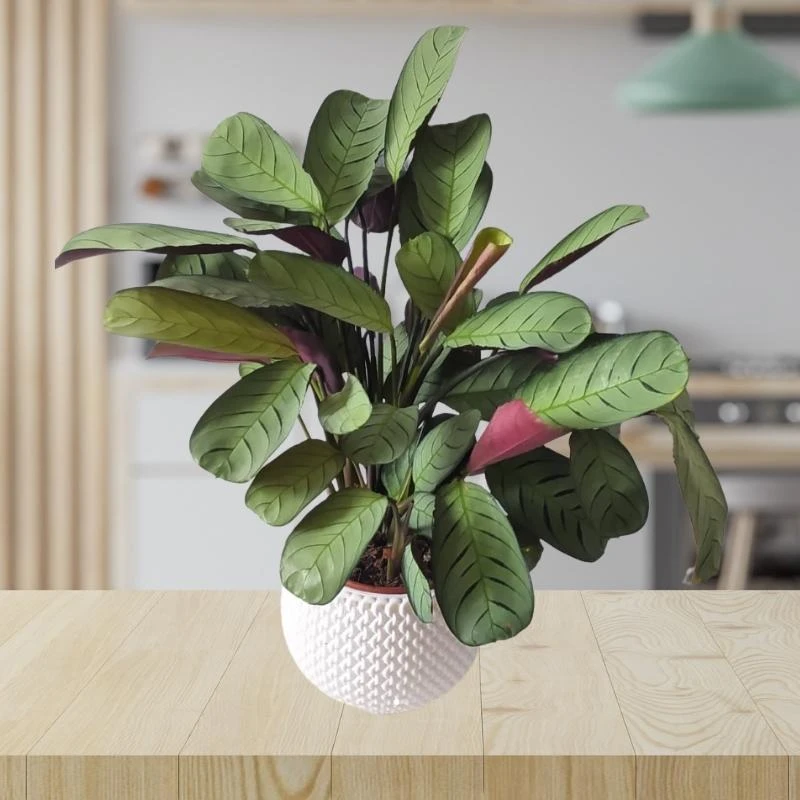
This plant is a popular houseplant due to its striking leaves and moderate care requirements. Unlike its closely related plant family Calatheas, Ctenanthe Amagris is relatively tolerant of lower light conditions, making it a good choice for indoor spaces. Ctenanthe Amagris also does not require much water, so it is perfect for those who regularly forget to water their plants.
This eye-catching plant is easy to care for and makes an excellent addition to any indoor space. Like other prayer plants ( Calatheas, Marantas), Ctenanthe Burle-Marxii Amagris also folds its leaves at night and unfurl during the day. We highly recommend this plant to those who adores Calathea plants but find them fussy and chalenging.
Habitat & Ecology
Allied Species: Ctenanthe Lubbersiana, Ctenanthe Burle-Marxii, Ctenanthe Oppenheimiana, Ctenanthe Marantifolia, Ctenanthe Setosa
The relatively new cultivar ‘Ctenanthe Amagris’ is a chance mutation of Ctenanthe Burle Marxii-the Fishbone Prayer Plant in a Belgium tissue culture laboratory.
| Botanical Name: | Ctenanthe Burle-marxii Amagris |
| Family Name: | Marantaceae |
| Common names: | Never Never plant, Prayer plant, Ctenanthe Amagris, Calathea Amagris |
| Plant type: | Tropical perennial plant |
| Origin: | South America (Brazil) |
| Height: | 2 ft. tall |
| Humidity: | (50%-70%) Medium to high humidity |
| Temperature: | 55-85°F |
| Light Requirements: | Low to Medium light |
| Growth Habit: | Clump forming |
| Toxicity: | Kids and pets safe |
| Hardiness Zone | 10-12 (USDA) |
| Soil pH | 6.1 to 7.3 |
How do you Care for Ctenanthe Amagris?
If you are looking for a unique, low-maintenance plant to add to your home or office, Ctenanthe Burle-marxii Amagris is an excellent option. You can keep your Ctenanthe Amagris healthy and happy for years with just a little care. This section will briefly introduce the plant and discuss some of the basic things you need to know to take care of it.
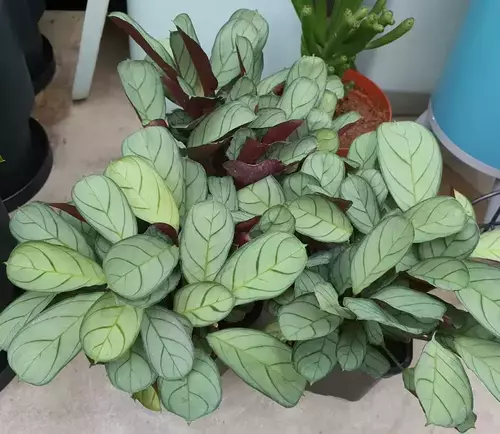

Initial care at home for Calathea Amagris
When you first introduce Burle-marxii Amagris to your home, giving it the appropriate care to ensure a stress-free transition is essential. When bringing your plant home quarantine it before putting with other plants. Give a through shower to the foliage to eliminate any dust and potential pests. Carefully inspect the plant for any pests and diseases. If infected please treat the plant first before placing it with your other house plants.

Watering Ctenanthe Amagris
This plant is relatively drought tolerant and does not require frequent watering. During the summer months, water Burle-marxii once a week, allowing the soil to dry out completely in between waterings. During the winter months, reduce watering to once every two weeks.
Overwatering is the most common cause of problems with this plant. Symptoms of overwatering include yellowing leaves, leaf drops, and root rot. Allow the soil to dry out completely before watering again.
Underwatering will cause the leaves to lose their variegation and become all green. The leaves may also start to droop. Please water Ctenanthe Amagris when the top inch of soil is dry.
Use room temperature water when watering this plant. Do not let Ctenanthe Amagris sit in water, which will cause the roots to rot.

Humidity and Temperature Requirements
Ctenanthe Amagris is a tropical plant that originates from the rainforests of Brazil. The air is warm and humid in its natural habitat, and the soil is rich in organic matter. When growing Burle-marxii Amagris indoors, it is crucial to recreating these conditions as closely as possible. The ideal humidity level for this plant is 60-70%. Symptoms of low humidity include browning leaf tips and wilting leaves. The plant’s health will quickly decline if the humidity level drops below 50%.
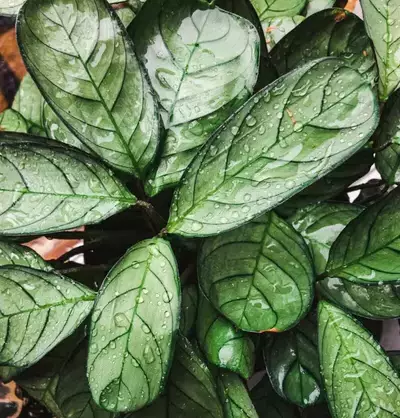
Ctenanthe Amagris prefers warm temperatures, and it will thrive in a range of 55-85 degrees Fahrenheit. However, it is also relatively tolerant of heat, and it will not be harmed by short periods of exposure to higher temperatures.
However, sudden temperature changes can be stressful for the plant, and avoiding sudden drafts or extreme temperature changes is best. The leaves may turn brown and drop off if the plant is exposed to cold temperatures. Ctenanthe Amagris is a tough plant that can tolerate a wide range of conditions, but it will grow best when provided with consistent warmth and humidity.

Light Requirements of Ctenanthe Amagris
When it comes to light requirements, the Ctenanthe Amagris is relatively easygoing. It can tolerate both low and bright light conditions, although it will prosper in bright, indirect light. The leaves may develop brown spots if the plant is in direct sunlight.
When choosing a spot for your Ctenanthe Amagris, select a brightly lit area and avoid any areas where the temperature fluctuates frequently or where drafts are present.

Soil Requirements of Ctenanthe Amagris
Amagris prefers a well-draining organic soil mix. You can buy any well draining commercial potting mix such as FoxFarm Ocean Forest Potting Soil, WONDER SOIL Organic Potting Soil or Organic Potting Soil . If you want to make your homemade potting mix combine these components;
- 25% of orchid bark,
- 25% of peat moss,
- 25% of pumice,
- 10% of activated charcoal
- 10% of potting soil.
The soil should be kept moist but not soggy, and the plant should be fertilized monthly during the growing season. Ctenanthe Amagris is not tolerant of salt buildup, so if you live in an area with hard water, it is best to use bottled water or collect rainwater for your plants. An alternative to using a soil mix is to grow Ctenanthe Amagris in hydroponics.
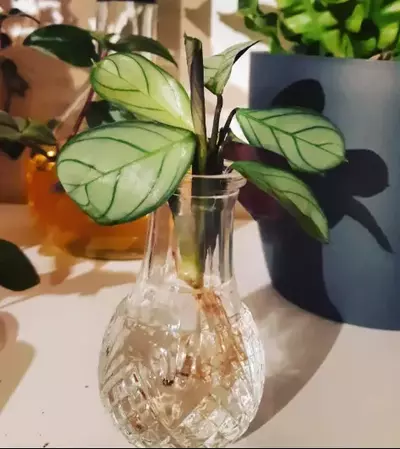
Growing plants in water without soil can be difficult for beginners, but it has many benefits, including no need for watering, faster growth rates, and fewer pests and diseases. Many hydroponic kits are available online or at your local garden center if you are interested in trying hydroponics.
Recommended Products

Repotting Ctenanthe Burle-marxii Amagris
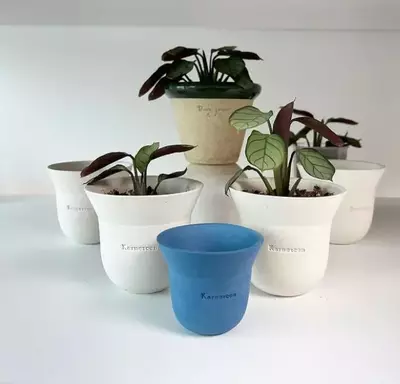
When to Repot?
Ctenanthe Burle-marxii Amagris plants should be repotted every 12 to 18 months or when they become pot-bound. Signs that a plant is pot-bound include:
If you notice these signs, it’s time to repot your plant.
How to Repot?

Propagation of Ctenanthe Burle-marxii Amagris
Ctenanthe Burle-marxii Amagris is a beautiful and easy-to-care-for plant that makes a great addition to any indoor space. The plant can easily be propagated by stem cuttings or by root division.
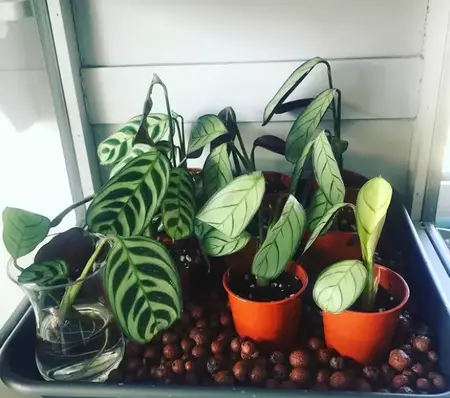
To propagate by root division, carefully remove the plant from its pot and divide the root ball into two or three sections. Each section should have a few inches of roots and a couple of leaves. Replant the sections in separate pots filled with well-draining potting mix. Water lightly and keep the soil moist but not soggy. Place your new plants (divisions) in a warm , humid place with bright indirect light to grow as independent plants.

Fertilizing
This plant is relatively easy to care for and does not require a lot of fertilizer.
If you choose to fertilize your plant, it is best to do so during the spring and summer months when the plant is actively growing. A balanced liquid fertilizer applied every two to four weeks should be sufficient. Be careful not to over-fertilize as this can lead to leaf burn.
Under-fertilizing is not usually a problem but may result in slower growth. If you are unsure whether to fertilize or not, it is always better to err on the side of caution and not fertilize at all.

Pruning and Maintenance
Like all plants, it requires some essential maintenance to stay healthy and look its best. Fortunately, cleaning and caring for Ctenanthe Amagris is a simple affair that only requires a few minutes of your time each week.
First, be sure to dust the leaves of the plant regularly. This will help to prevent the buildup of dirt and grime, which can block sunlight and prevent the plant from photosynthesis effectively.
Second, prune any dead or dying leaves as soon as you notice them. This will help the plant to direct its energy toward healthy growth.
Finally, keep an eye on the soil moisture levels and water when necessary. By following these simple tips, you can keep your Ctenanthe Amagris looking gorgeous for years to come.

Toxicity
The Burle-marxii Amagris is considered to be non-toxic to humans and animals. However, it can cause stomach upset if ingested in large quantities.

Pests and Common Problems
Pests
One of the most common pests that attack Amagris plants is the mealybug. Mealybugs are small, wingless insects covered in a white, powdery substance. They feed on plant sap, weakening and even killing the plant. Mealybugs can be controlled by spraying the plant with a mixture of water and dish soap.
Another common pest is the scale insect. Scale insects are small, hard-bodied creatures that suck the sap out of plants. They can be controlled by spraying the plant with a mixture of water and rubbing alcohol.
Spider mites are another common pest of Amagris plants. They are tiny spider-like creatures that feed on plant sap. Spider mites can be controlled by spraying the plant with a mixture of water and dish soap.
Diseases and Common Problems
Unfortunately, like all plants, it is susceptible to certain diseases and common problems. Here are some of the most common issues you may encounter with your Ctenanthe Burle-marxii Amagris, as well as some tips on how to treat them.
Problems with prayer plants include brown leaves, leaf drops, and stem rot.
Brown leaves can be caused by too much direct sunlight, lack of humidity, or overwatering. To combat brown leaves, increase humidity around the plant or move it to a spot with less direct sunlight.
Leaf drops can be caused by too little light, water, or pests like spider mites. If leaf drop is a problem, ensure the plant gets enough light.
Stem rot is usually caused by overwatering. If overwatering is causing stem rot, allow the soil to dry out between waterings.
Ctenanteh Amagris is a tough plant that can withstand a wide range of conditions. With some care, it will thrive and add interest to your home.
FAQs
Q: Is Ctenanthe Amagris a Prayer Plant?
Yes, all plants of the Ctenanthe genus are referred to as prayer plants. Like other family members from Calathea and Maranta genus, leaves of Ctenanthe Amagris fold up during the night, thus giving them the famous name of prayer-plants.
Q: Is Ctenanthe Amagris a Calathea?
No, Ctenanthe Amagris is not a Calathea plant. Although Ctenanthe and Calatheas are closely related and both are members of the Marantaceae family. However, many people mistakenly call Ctenanthe Amagris Calathea Amagris, which, botanically speaking, is incorrect.
Related Posts
Ctenanthe Setosa Compact Star | Never Never Plant Care Tips
Ctenanthe Setosa Compact star has many trade names such as Calathea Setosa, Never-Never plant or Prayer Plant.
Ctenanthe Setosa ‘Grey Star’ Care and Propagation Guide
Ctenanthe (pronounced te-NANTH-ee) Setosa ‘Grey Star’ of the Marantaceae family is an attractive and vibrant plant.
Ctenanthe Oppenheimiana | Giant Bamburanta Care Guide
Ctenanthe Oppenheimiana | Giant Bamburanta (Never Never Plant) is a bushy perennial plant found in tropical forests in Northeast Brazil.
Ctenanthe Burle-Marxii Amabilis “Fishbone Prayer Plant” Care
Ctenanthe Burle Marxii’s common name is The Fishbone Plant due to the interchanging patterns of dark green strokes that run along its midrib.
Ctenanthe Lubbersiana ‘Bamburanta’ Care Guide
Ctenanthe Lubbersiana, a member of the Marantaceae family, is renowned for its beautiful ovate foliage.Like other prayer plants, the long attractive leaves fold up at night.

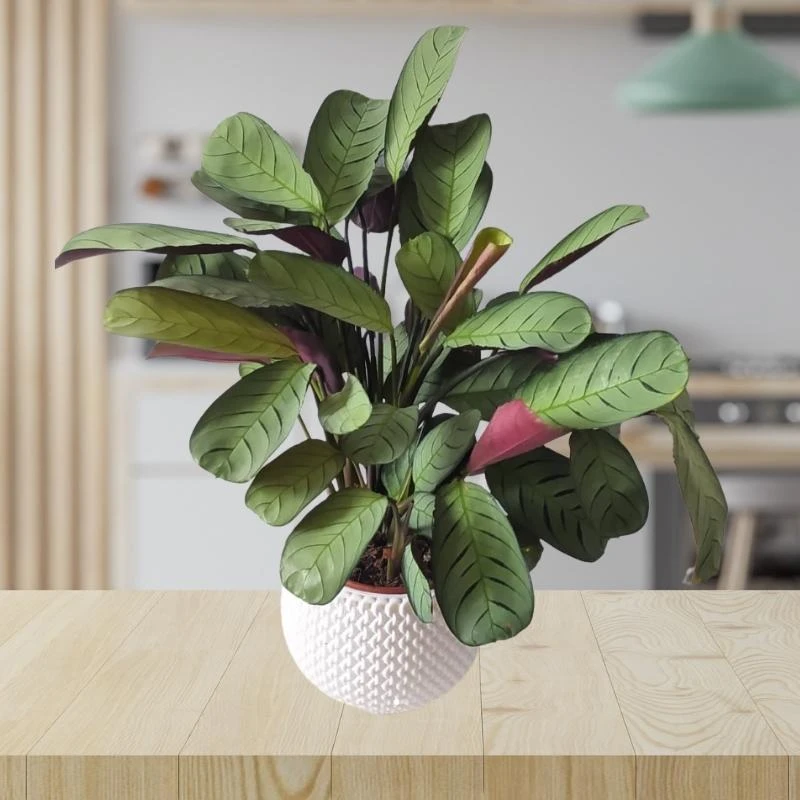
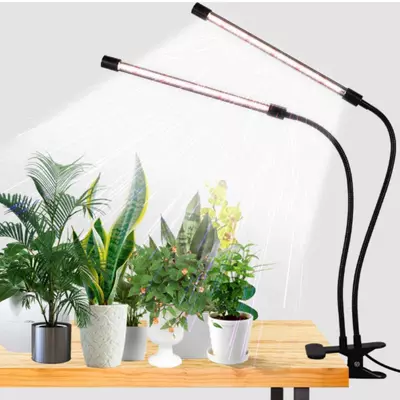


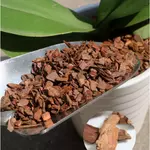




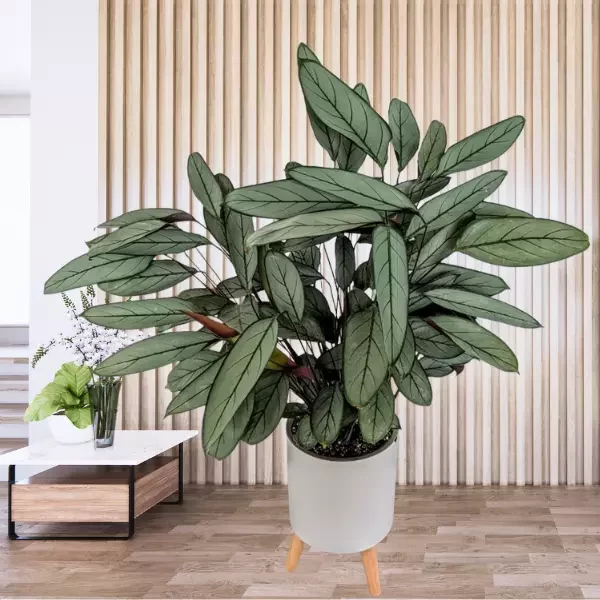

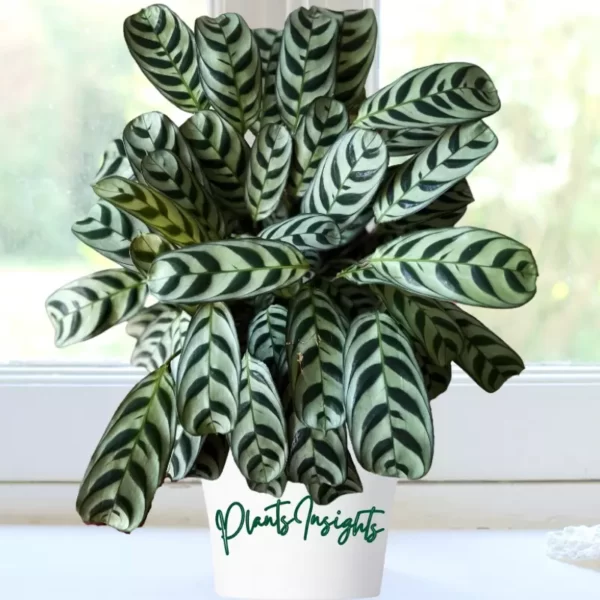

I like your blog
Hey very nice site!! Guy .. Beautiful .. Amazing .. I will bookmark your blog and take the feeds additionally?KI am happy to search out so many useful info here within the submit, we want develop extra techniques in this regard, thanks for sharing. . . . . .